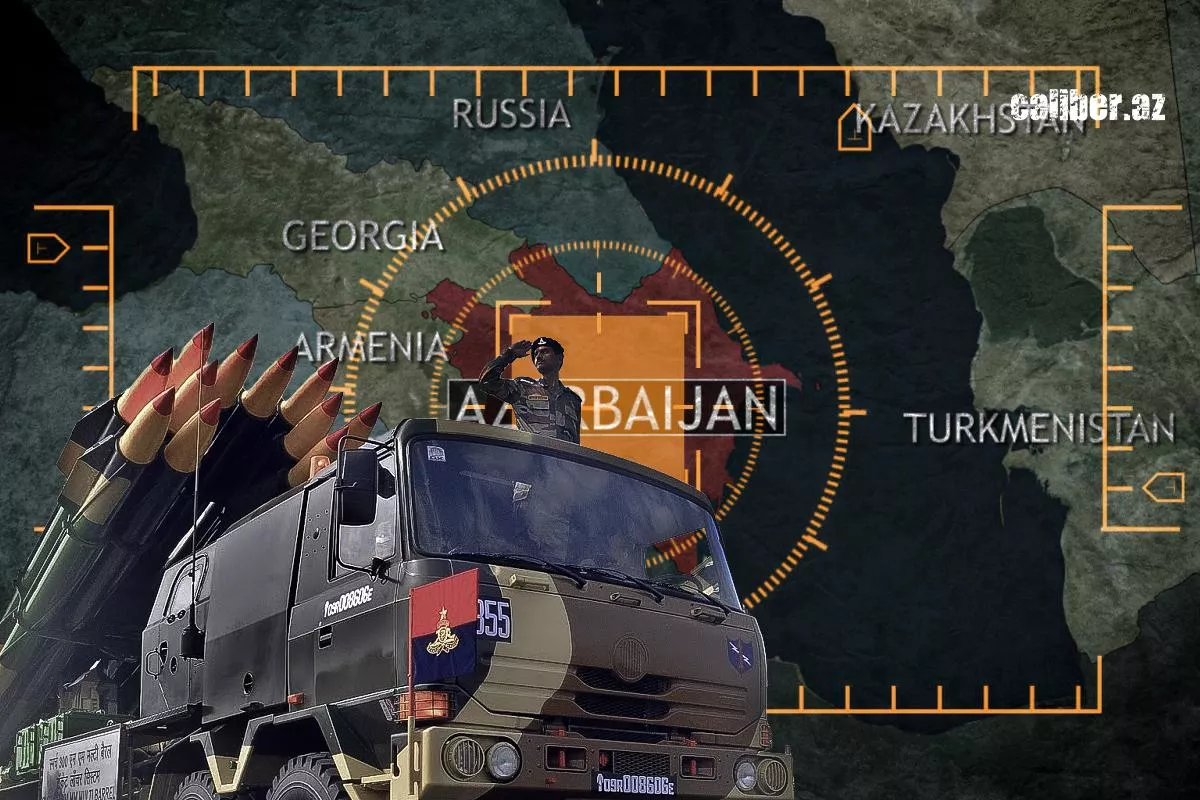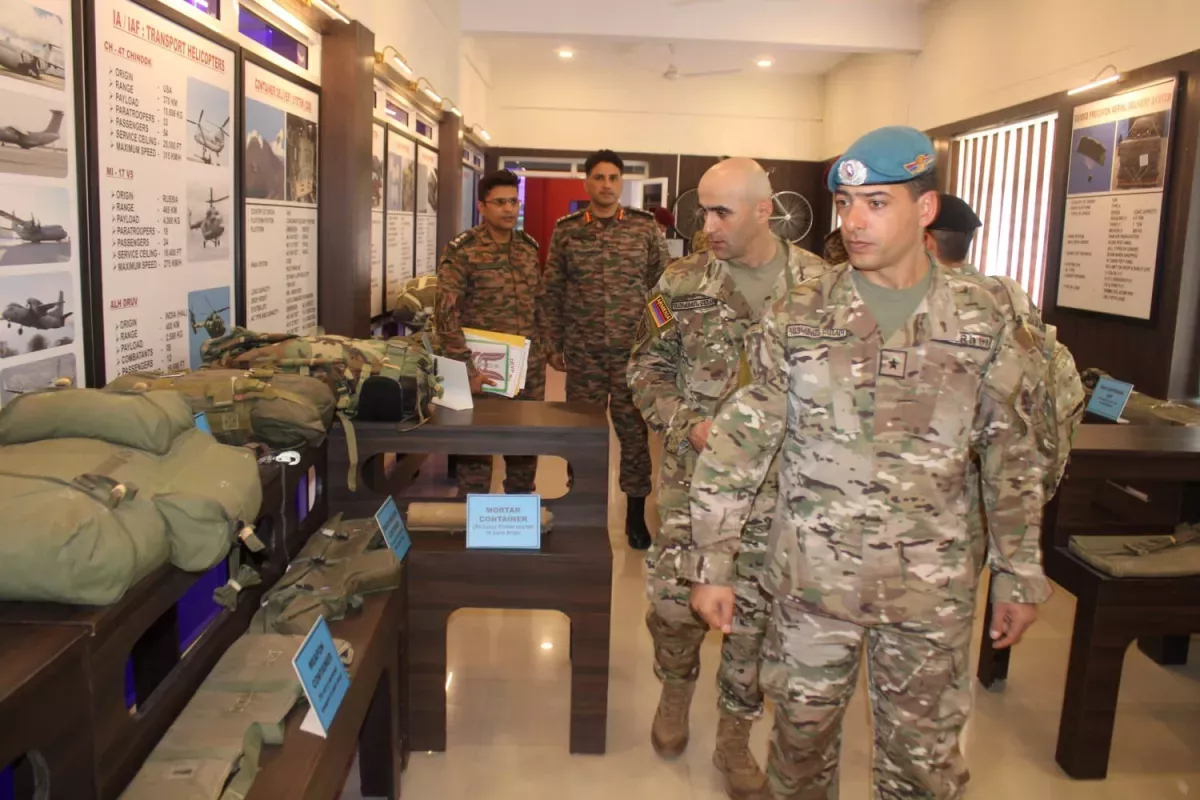From Russian embrace to Indian Armenia’s armed tango
Oh, the joy in the Armenian media space… It's overflowing, to say the least. In fact, it's full-blown euphoria. But the real question is—what exactly is the reason behind this ongoing "celebration"? Could it be that Armenia has finally become a truly sovereign and independent state, transforming from an object into a subject of global politics? Not quite. In reality, the reason is far more mundane and far from poetic. It turns out that all this excitement in the Armenian media was sparked merely by a Reuters article with a catchy headline: "India offers cheap loans for arms, targeting Russia's traditional customers."
According to the editorial piece, New Delhi intends to “add missiles, helicopters and battleships to the shopping carts of foreign governments,” primarily by offering long-term, low-interest loans through the Export-Import Bank of India (EXIM). Notably, India is “targeting governments which have long relied on Russia for arms.” In this context, New Delhi has stepped up efforts through diplomatic channels by appointing over 20 new military attachés to promote Indian arms exports.
One of the first successful examples of this approach, according to the article, is Armenia, “where India posted a defence attaché for the first time last year.” As Reuters concludes, “India has already eroded Russia's monopoly over arming Armenia,” accounting for nearly 43% of the arms the country imported between 2022 and 2024.

In this context, it is worth noting the data cited by Caliber.Az, which indicates that as early as 2020, Armenia signed a contract with India for the supply of four Swathi artillery-locating radar systems. In the years that followed, Yerevan went on to procure anti-tank guided missiles, surface-to-air missile systems, and other military hardware from India. As foreign media have highlighted, India has begun to replace Russia among Armenia’s main arms suppliers, with Yerevan emerging as a leading importer of weapons from the South Asian country.
Armenian sources have not ignored this topic either. According to some of them, “against the backdrop of Russia’s declining role as a security guarantor and its limited resources, Yerevan is increasingly exploring new formats of cooperation—primarily with India, which has already taken a central role in arms deliveries and may become an important partner in training and technical support.” This shift underscores Armenia’s desire to “move away from its former one-sided dependency on Moscow.” Thus, the era when Armenia applauded the presence of Russian military equipment on its soil is fading into history. Today, India has—quite openly—stepped into Moscow’s shoes in the Yerevan vector, capitalising on the sanctions-driven constraints surrounding Russia.
A certain paradox emerges here: on April 11, the French publication Valeurs actuelles reported that India had become the leading importer of French weaponry. Meanwhile, data from the Stockholm International Peace Research Institute (SIPRI) showed that French arms accounted for 33% of India’s total weapons imports in 2024. However, this figure was not enough to place Paris at the top of the list—Russia still held first place with a 36% share.
It’s an intriguing cycle: India, itself dependent on arms supplies from Russia and France to maintain its own defence capabilities, has now taken a leading role in arms dealings with Armenia. In turn, Yerevan is drifting from Russia’s embrace into that of India’s—also in broader military terms. For instance, in March of this year, Armenian media reported that a military delegation visiting India discussed the possibility of cooperation with elite units of the Indian Special Operations Forces (SOF).
Against this backdrop, several Armenian outlets observed that “Azerbaijan’s strategic and technological superiority has rendered direct confrontation ineffective,” and thus presented the development of “professionally trained mobile groups” as a way to “create challenges for the adversary in localised zones and disrupt its tactical plans.” Within this framework, India’s SOF—described as gaining systemic importance—are seen as a model for deploying “small, yet professional and technologically equipped units capable of assault, sabotage, and reconnaissance operations.”

And yet, despite the clear signs of this budding arms-driven tango between Armenia and India, official Yerevan continues to muddy the waters when it comes to its weapons acquisitions from New Delhi. For instance, in March of this year, Armenian Foreign Minister Ararat Mirzoyan stated that “the equipment made in India, are of interest to us. But again, this is for reforming the Armenian defence system, and there is no intention to use these systems against any other third party.” One has to wonder—who was Mirzoyan trying to fool with that claim, especially while making it in India?
During the same visit, the Armenian top diplomat also confidently declared that as far back as the 18th century, the Armenian community in India—supposedly made up of “intellectuals and traders”—had contributed to India’s global standing in trade and economics, while also making a significant contribution to the country's cultural development.
The Armenian press did not report any reaction from the Indian side to this rather imaginative assertion. Perhaps during future visits by Armenian officials to India, we will learn that it was actually the Armenians who taught the Indians, widely regarded as the originators of chess, how to play the game.

Be that as it may, we urge our Armenian neighbours, first and foremost, to pay very close attention to the statement made by President of Azerbaijan Ilham Aliyev in January of 2023, when he emphasised:
“I must also note that no matter what weapons are given to Armenia, it will not help them, and I have said this to the Armenian side several times. I told them not to waste money on that. Because, first of all, it will not help you, and secondly, it may create an illusion among the revanchist forces in your country. It can create the illusion that you can retaliate. You will not be able to! If we see a serious threat to us, we will crush this threat immediately – no matter where this threat emanates from, both within and beyond our borders. It is our legitimate right. That is why there are such attempts. We monitor and know which countries are preparing to supply arms to Armenia. Regrettably, India is now playing a role among them. We consider this an unfriendly action. Because these weapons, especially offensive weapons, have a target, and it is Azerbaijan. Therefore, of course, we are taking the necessary measures and cannot allow Armenia to pose a threat to us. We can never tolerate that.”
Concise. Clear. Unambiguous.
Secondly, Yerevan must not forget that Indian weapons—be they missiles or artillery—have yet to prove themselves in real combat conditions, unlike the advanced Israeli, Turkish, or Russian systems that are already in the arsenal of the Azerbaijani Armed Forces.
Which leaves the Armenian military-political leadership with only one option: to draw the necessary conclusions.








